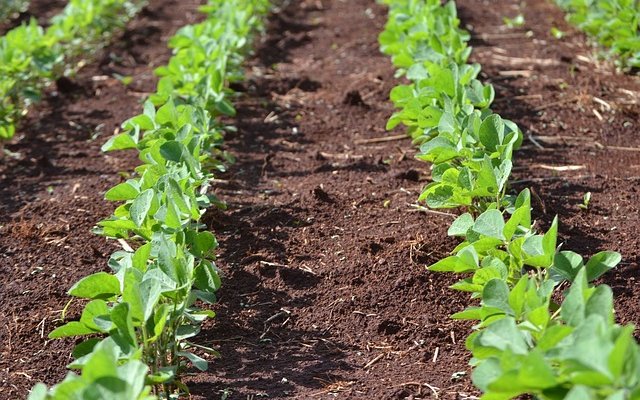USDA, National Agricultural Statistics Service (NASS) published its first survey-based yield forecast for the 2022/23 U.S. soybean crop at 51.90 bushels per acre, 0.40 bushels per acre higher than the previous estimate. The 2022/23 soybean production estimate is raised by 25.56 million bushels to 4.53 billion. Expectations of higher output in 2022/23 have impacted the soybean export estimate which is raised by 20 million bushels to 2.16 billion. The 2022/23 season-average soybean price forecast is lowered from the previous forecast of $14.40 per bushel to $14.35 per bushel, according the USDA.
Global soybean production is also increased by 1.40 million metric tons this month with strong contributions from the United States and China, WASDE reported.
Global oilseed production
The USDA 2022/23 global oilseed production forecast increased further this month by 2.93 million metric tons to 646 million tons as global production of rapeseed and sunflower seed continues to exceed expectations. Anticipations of higher output in Russia and Australia lifted the global softseed—sunflower seed and rapeseed—production forecast for the 2022/23 marketing year. If the forecast materializes, this would be a record global softseed crop.
Global wheat production
The global wheat outlook for 2022/23 is for higher supplies, greater consumption, increased trade, and fractionally lower stocks. Supplies are raised by 4.2 million tons to 1,055.9 million as higher production more than offsets reduced beginning stocks. Production is increased to a record 779.6 million tons, primarily on higher production for Russia, Australia, and China, WASDE reported.
Dryness in European Union
The European Union sunflower seed output for 2022/23 marketing year is reduced this month by 0.8 million metric tons to 9.6 million metric tons due to unfavorable growing conditions this season. Summer in the region has brought extreme dryness and record-setting heat, leading to crop reduction in Hungary and Romania.
Market reaction
Traders question USDA forecast for higher soybean yield and price. Chicago soybean futures turned higher after the release of the forecast, as traders questioned a surprisingly large record-crop forecast and focused instead on August weather as recent hot and dry days threaten key U.S. growing areas, Reuters reported.










